Turn your reuse resolution into a reality: 7 tips for learning to thrift like a pro
Buying secondhand or retro clothing isn’t reserved only for those on a tight budget or searching for a unique look. It’s an excellent option for anyone interested in a more sustainable, planet-friendly lifestyle.
The fashion industry is the world’s second-largest source of pollution. It accounts for about 10% of global pollution and 92 million tons of waste each year (source). Worse yet, nearly 60% of new clothing is thrown away within 12 months of purchase. Especially fast fashion (rapidly produced, trendy clothing that’s lower in quality and even harder on the environment).
Curious about thrift shopping but not sure how to get started? Here are 7 tips for learning how thrift like a pro.
Tip #1: Dress the part
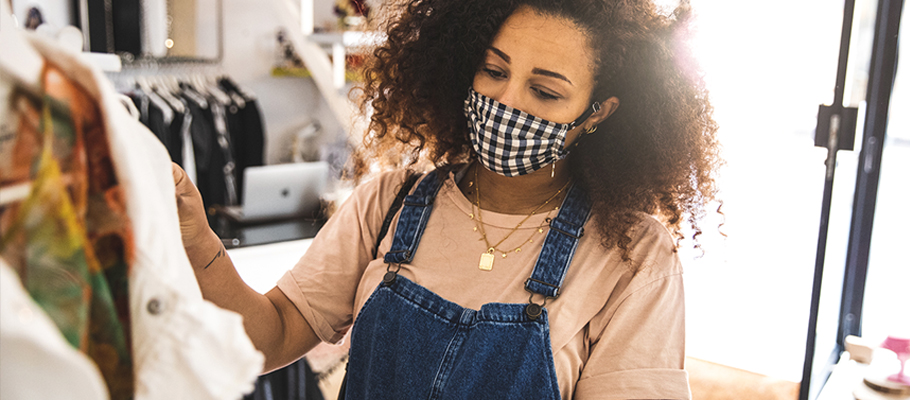
Not every thrift store has changing rooms (and some are closed due to COVID-19). So, be sure to find out the store’s policy when you arrive. To be prepared for any scenario, wear clothes that make it easy for you to try items on right over what you’re wearing. Another alternative option is to bring along a tape measure and measure sizing accordingly.
Tip #2: Have a plan (but allow for spontaneity and experimentation)
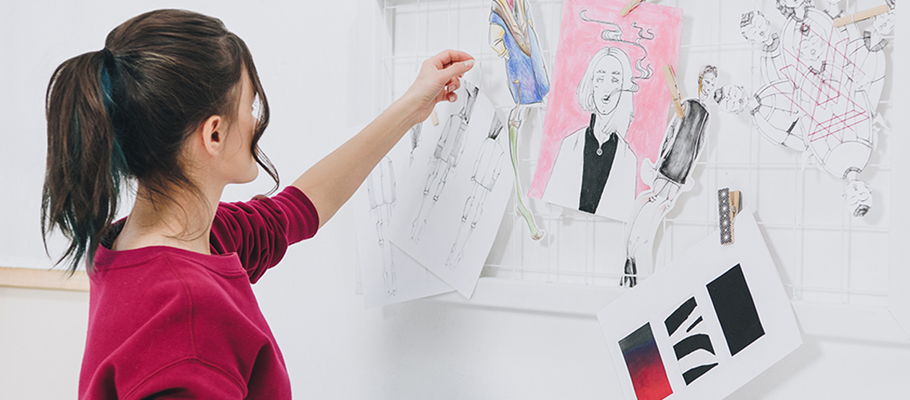
Building a sustainable, functional wardrobe is easier when you have a clear sense of what you’re looking for. Create a thrift shopping wish list or inspiration board to keep yourself focused. That said, always be ready for a stroke of luck. You never know when your local thrift store will have a cashmere sweater from your favorite brand in the perfect shade of grey.
Thrift shopping can also be a great way to experiment with new styles you want to try. Arc’s Value Village offers a virtual personal shopping service for a small fee if you want some help.
Related Reading: Retailer Spotlight: Arc’s Value Village
Tip #3: Look for quality
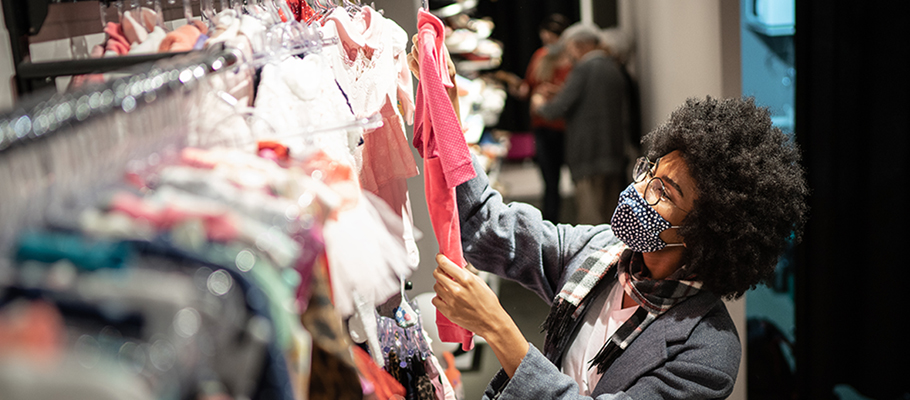
You always want to take a close look at thrift store items before you buy. Check for stains, holes, missing buttons and broken zippers. Focus on details like well-sewn seams, fabric weight and linings in more substantial pieces like blazers and coats.
And here’s a great tip about quality from Treehugger: “Depending on your style, many thrifted items can actually look better than new. Think of soft graphic tees, cozy sweatshirts, and trendy ripped jeans that already look like you’ve put in the years of wear.”
Tip #4: Choose natural fibers
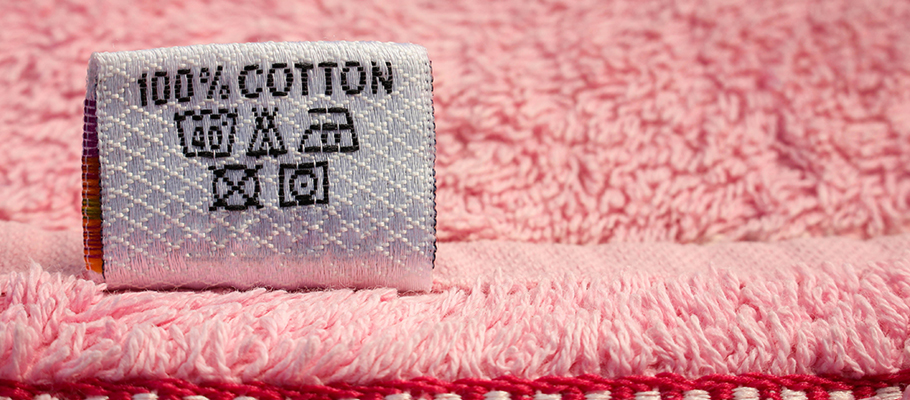
When you’re thrift shopping, be sure to read labels for fiber content or learn to identify fabric by touch. Look for items made from natural fibers when you can. Cotton, wool, linen and silk tend to last longer and wear better.
A tip from Tan France on MasterClass: Shoes made of 100 percent leather usually have the words’ Vero Cuoio’ marked on the bottom, which is the Italian phrase for “true leather.”
Tip #5: Find out when they restock and pop in regularly
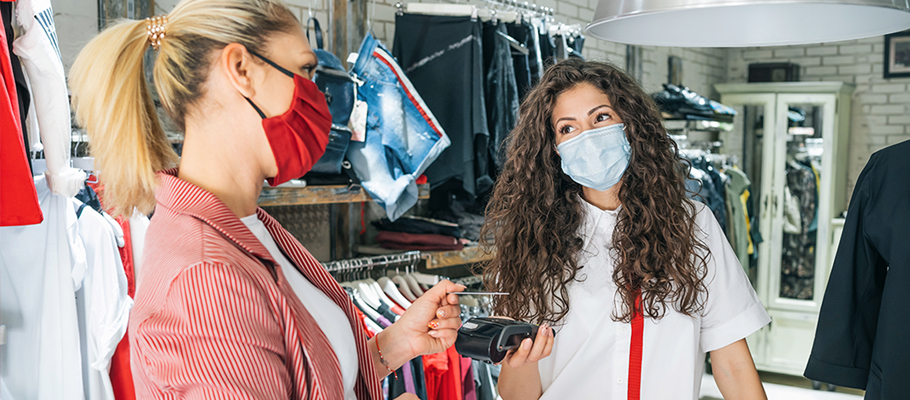
Not surprisingly, thrift stores have the most shoppers on the weekend. When you find a thrift store or two you like, find out when they restock items. Then, pop in regularly based on their restock schedule. You may discover that thrift shopping over your lunch hour on a particular day of the week leads to the best finds.
Tip #6: Don’t kid yourself
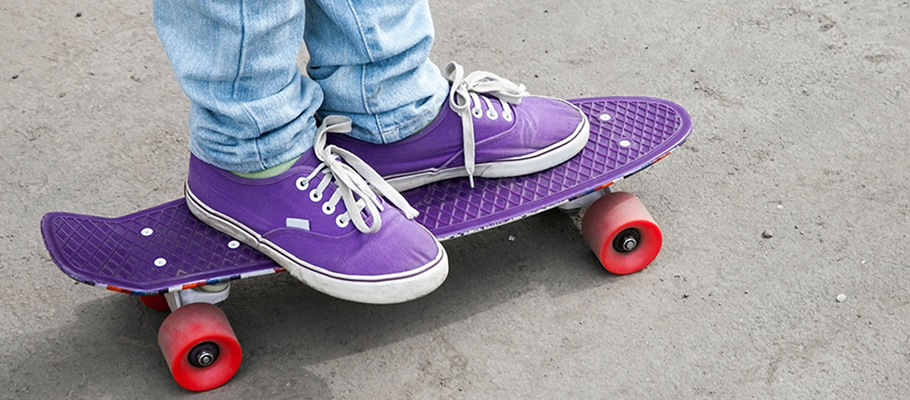
If you have children, you know how fast they grow out of clothing. It can be frustrating and expensive, which is why thrift shopping for kids’ clothing is such a great budget stretcher in addition to being less wasteful. Better yet? Continue the reuse cycle by donating items your kids have outgrown.
Tip #7: Check for household goods, too
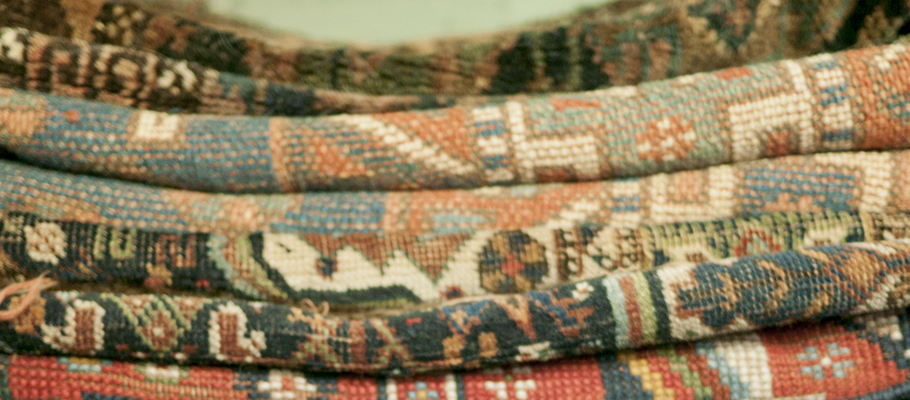
If you’re already out thrift shopping for clothing, take a peek around the store for other items you may need. The same quality and natural fiber rules apply. Look for household items like wool blankets and rugs, cotton kitchen towels, wood furniture, leather ottomans and rattan baskets.
Related Reading: Buying used goods guide: Clothing, books & beyond
Wade in slowly or dive right in
If you want to wade slowly into thrift shopping, try shops like Hope Chest for Breast Cancer Resale Shop (higher-end items, many still with tags) or Bethesda Thrift Shop (known for affordable, stylish clothing). Or, if you’re ready to dive right in, here are just a few of Hennepin County’s thrift shops: